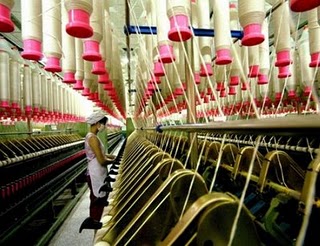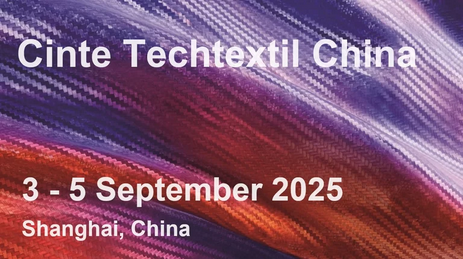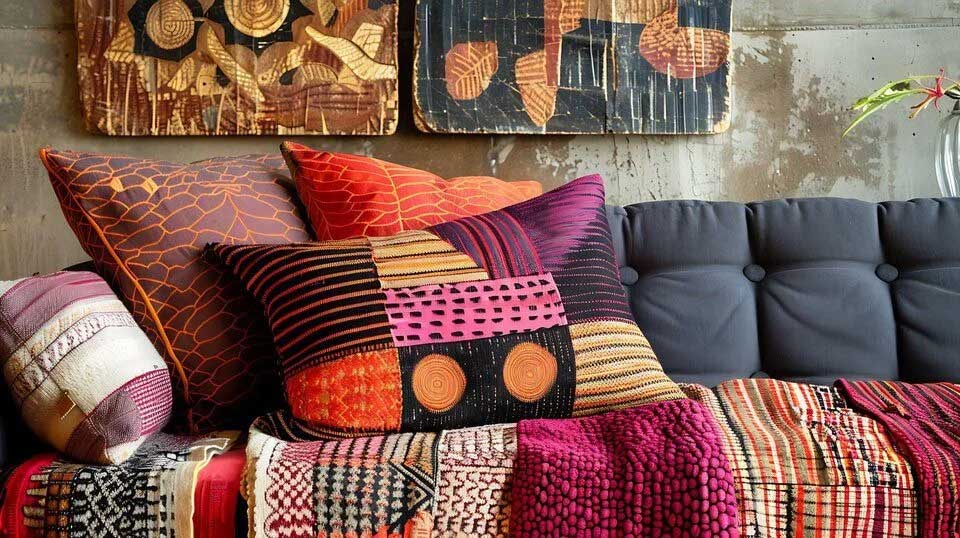"The new scheme specifically targets employment generation and exports in apparel and garment industry. It will provide employment to women in particular and increase India’s share in global exports; promote technical textiles for export and employment; promote conversion of existing looms to better technology looms for improvement in quality and productivity; encourage better quality in processing industry and checking need for import of fabrics by the garment sector."

Benefits from new ATUFS
The new scheme specifically targets employment generation and exports in apparel and garment industry. It will provide employment to women in particular and increase India’s share in global exports; promote technical textiles for export and employment; promote conversion of existing looms to better technology looms for improvement in quality and productivity; encourage better quality in processing industry and checking need for import of fabrics by the garment sector.

Rahul Mehta, President, CMAI feels, the new scheme is a relief to the entire textile sector, especially because the RR-TUFS was in a limbo and no unique ID, which is the formal sanction under the scheme, has been issued after September 2014. “Allocating nearly Rs 13,000 crores (1985 million USD )for clearing the committed liabilities will help in clearing the backlog pending for issuance of UIDs and also the large number of so called 'left out cases' that have been pending for a decision for nearly four years,” he said.
AEPC Chairman, Virender Uppal believes ATUFS will provide the much needed thrust for the expansion and growth of the apparel industry along with the employment generation in India. Reiterating similar views, Shishir Jaipuria, Chairman, FICCI Textiles and Technical Textiles Committee says, “The approval has come as a great relief to the industry especially when the exports were declining in textile and apparel sector. The focus on employment generation and export under the new TUFS by encouraging apparel and garment industry and promotion of technical textile sector, is indeed a welcome step which will help in furthering the cause of Make in India."
Under the ATUFS, all cases pending with the Office of Textile Commissioner which are complete in all respects shall be provided assistance under the ongoing scheme and the new scheme will be given prospective effect.
‘Make in India’ gets renewed attention
The amended scheme is expected to boost ‘Make in India’ initiative in the textiles sector and attract investment to the tune of one lakh crore rupees, and create over 30 lakh jobs. A budget provision of Rs 17,822 crores (2721million USD) has been approved, of which Rs 12,671 crores (1935million USD) is for committed liabilities under the ongoing scheme, and Rs 5,151 crores (787 million USD) for new cases under ATUFS.
Office of Textile Commissioner (TXC) is being reorganised; its offices shall be set up in each state. Officers of the TXC shall be closely associated with entrepreneurs for setting up the industry, including processing proposals under the new scheme, verifying assets created jointly with the bankers and maintaining close liaison with the State Government agencies.
M Senthilkumar, Chairman, The Southern India Mills’ Association (SIMA) welcoming the timely move by the government, said that the ATUFS would enable the textile industry to ease their financial position and also plan investments. He appreciated the announcement of ease of doing business and also reorganisation of the Office of the Textile Commissioner so that the TxC could closely associate with the entrepreneurs, bankers and state governments and implement the projects on a fast track mode.
The implementation of the scheme would be executed and monitored online under iTUFS, launched in April, 2015. Under the new scheme, there will be two broad categories: apparel, garment and technical textiles, where 15 per cent subsidy would be provided on capital investment, subject to a ceiling of 30 crores rupees (4.581million USD)for entrepreneurs over a period of five years, and remaining sub-sectors would be eligible for subsidy at a rate of 10 per cent, subject to a ceiling of Rs 20 crores (3.054 millionUSD).
Thanking the government for the extra focus provided to the highly labour intensive apparel segment and the highly potential technical textiles by stipulating a higher capital assistance of 15 per cent against 10 per cent available to other segments, Mehta said that the apparel industry was not very capital intensive, but given the sub-scale operation of production facilities in this segment in the country and the need to achieve economies of scale for competing with large units in countries like China, Bangladesh and Vietnam, the higher assistance to the apparel segment will prove to be highly beneficial in pushing both employment and exports in our textiles sector.
Texmin.nic.in












